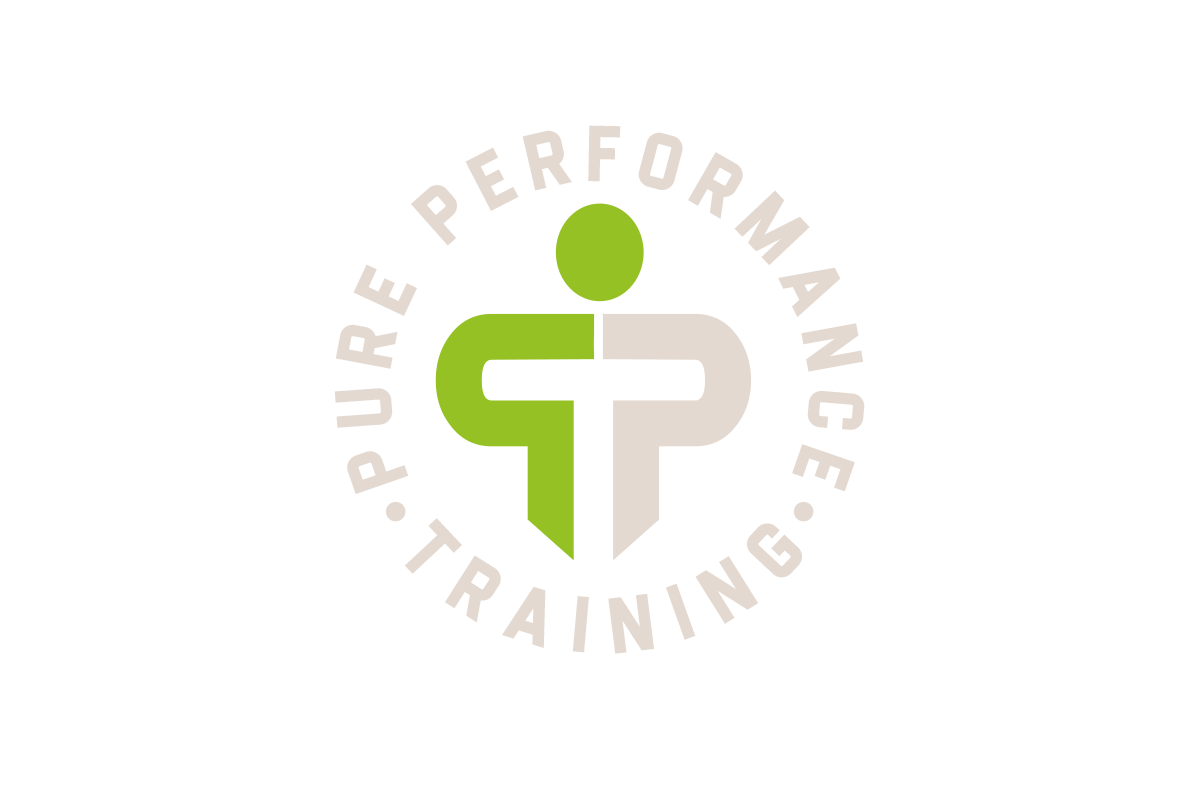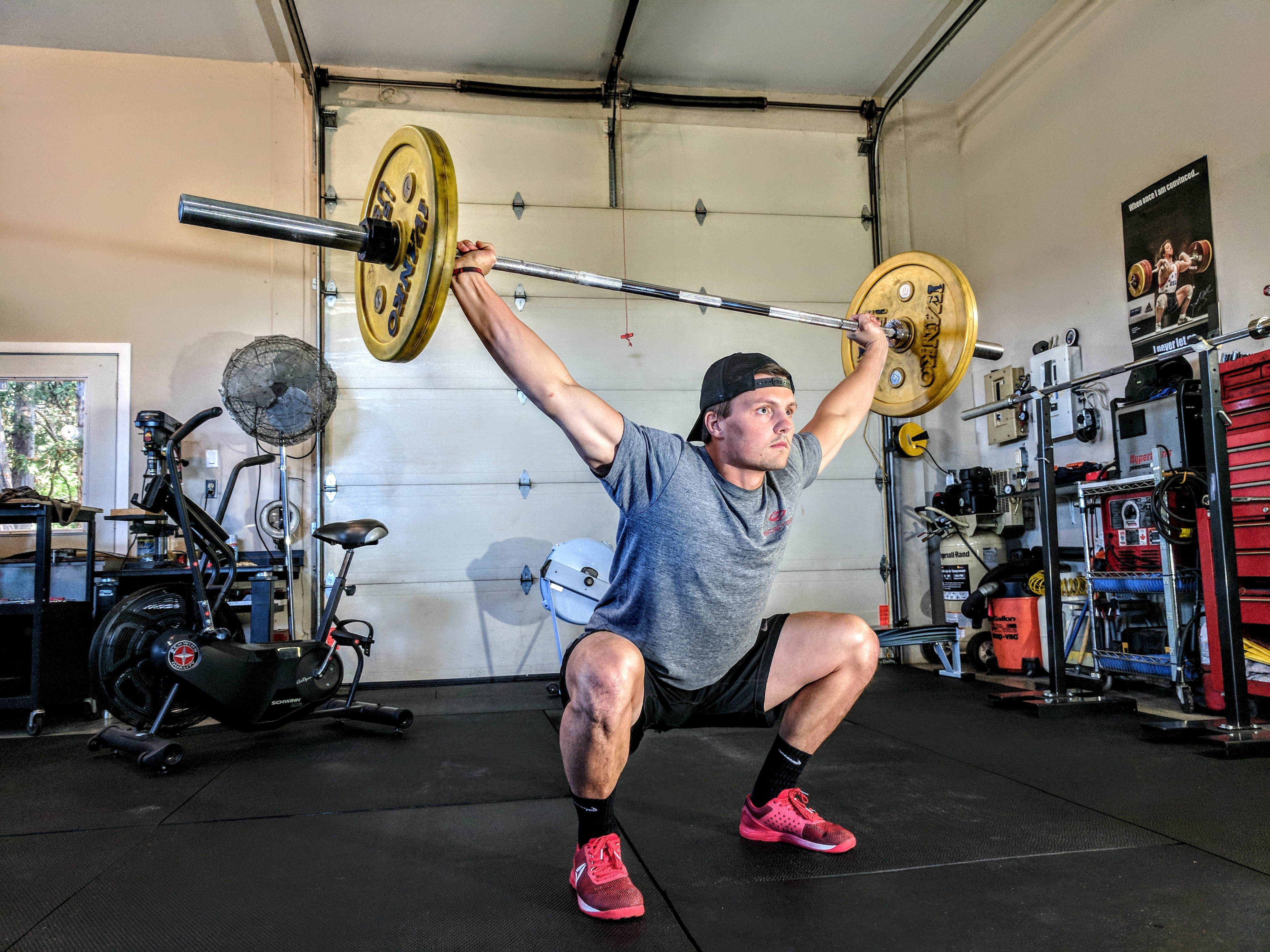ARE YOU OVERLOOKING THE MOST IMPORTANT VARIABLE FOR BUILDING MORE SIZE AND ENDURANCE?
Most people are familiar with training concepts like sets, repetitions, and weight. Doing a combination of more exercises, more frequently, with more weight is a well-established path toward increasing muscular size, strength and capacity.
But one variable that doesn’t receive as much attention is tempo, or the speed at which you perform a repetition. The longer it takes you to move a weight from Point A to Point B, the more “time under tension” your muscle is exposed to.
Not only is time under tension a powerful mechanism for muscle growth (hypertrophy), it’s also a great way to build local muscular endurance and improve overall conditioning.
How It Works
Tempo training involves setting a predetermined cadence for each repetition of an exercise. Typically, a tempo is assigned for the concentric (lifting) phase of the exercise, the eccentric (lengthening) phase, and the transition times between the two phases (at the top and bottom of the rep).
For example, a 2-0-2-0 tempo on a squat would look like this:
- 2 second lowering phase
- 0 pause at the bottom
- 2 second ascent back to the top
- 0 second pause at the top
Impact on Hypertrophy
When you contract your muscles during exercise, your heart shuttles oxygen-rich blood toward the working tissues, and blood pressure increase. Once you relax, and the contraction is released, blood pressure goes down and de-oxygenated blood and metabolic waste products are pumped out.
Sustaining a contraction, keeping your muscle under continuous tension, blocks the release of blood and metabolic byproducts from the muscle. These conditions—which you might recognize as a feeling of burning or pump in your muscles—stress the muscle cells and trigger a process that leads to an increase in muscle fiber size.
Impact on Endurance
Muscular endurance is the ability of a muscle to sustain repeated contractions against a resistance over an extended period of time.
To increase your endurance, you have to first improve the cardiovascular system’s ability to supply oxygen to the muscles—which is why doing some form of cardio is so important. Your muscles then have to get better at extracting oxygen from the blood and converting it to energy. The second part of this process occurs in tiny granules within the cell, called mitochondria, that convert oxygen into ATP for energy.
The more mitochondria you have in your muscle cells, the more energy you can produce.
Tempo Training is one of the best ways to improve mitochondrial density and efficiency, thus altering the metabolic properties of your muscles in favor of increased endurance and growth.
Methods
Use any compound, multi-joint movement. Squats, Romanian Deadlifts, Presses, Rows, or Split Squats all work nicely. Select a weight that you could perform for 15-20 reps if you were to use a regular pace.
Each rep should last 4 seconds with no rest at the top or bottom of the movement and constant tension. Keeping constant tension on the muscle usually means moving through 95 percent of a full range of motion; stopping right before locking out at the top or bottom of each exercise.
Each set should last between 45-60 seconds with 1-2 minutes rest between sets. Start with 3 sets of an exercise and work up to 5-6 sets.
As you progress, try pairing upper and lower body exercises together as a superset—using one exercise as the rest period for the other.
Here are two examples of tempo supersets:
Conclusion
Incorporating tempo training into your program can maximize your muscle gains, build your endurance, and give you a break from heavy lifting.
ARE YOU OVERLOOKING THE MOST IMPORTANT VARIABLE FOR BUILDING MORE SIZE AND ENDURANCE?
Most people are familiar with training concepts like sets, repetitions, and weight. Doing a combination of more exercises, more frequently, with more weight is a well-established path toward increasing muscular size, strength and capacity.
But one variable that doesn’t receive as much attention is tempo, or the speed at which you perform a repetition. The longer it takes you to move a weight from Point A to Point B, the more “time under tension” your muscle is exposed to.
Not only is time under tension a powerful mechanism for muscle growth (hypertrophy), it’s also a great way to build local muscular endurance and improve overall conditioning.
How It Works
Tempo training involves setting a predetermined cadence for each repetition of an exercise. Typically, a tempo is assigned for the concentric (lifting) phase of the exercise, the eccentric (lengthening) phase, and the transition times between the two phases (at the top and bottom of the rep).
For example, a 2-0-2-0 tempo on a squat would look like this:
- 2 second lowering phase
- 0 pause at the bottom
- 2 second ascent back to the top
- 0 second pause at the top
Impact on Hypertrophy
When you contract your muscles during exercise, your heart shuttles oxygen-rich blood toward the working tissues, and blood pressure increase. Once you relax, and the contraction is released, blood pressure goes down and de-oxygenated blood and metabolic waste products are pumped out.
Sustaining a contraction, keeping your muscle under continuous tension, blocks the release of blood and metabolic byproducts from the muscle. These conditions—which you might recognize as a feeling of burning or pump in your muscles—stress the muscle cells and trigger a process that leads to an increase in muscle fiber size.
Impact on Endurance
Muscular endurance is the ability of a muscle to sustain repeated contractions against a resistance over an extended period of time.
To increase your endurance, you have to first improve the cardiovascular system’s ability to supply oxygen to the muscles—which is why doing some form of cardio is so important. Your muscles then have to get better at extracting oxygen from the blood and converting it to energy. The second part of this process occurs in tiny granules within the cell, called mitochondria, that convert oxygen into ATP for energy.
The more mitochondria you have in your muscle cells, the more energy you can produce.
Tempo Training is one of the best ways to improve mitochondrial density and efficiency, thus altering the metabolic properties of your muscles in favor of increased endurance and growth.
Methods
Use any compound, multi-joint movement. Squats, Romanian Deadlifts, Presses, Rows, or Split Squats all work nicely. Select a weight that you could perform for 15-20 reps if you were to use a regular pace.
Each rep should last 4 seconds with no rest at the top or bottom of the movement and constant tension. Keeping constant tension on the muscle usually means moving through 95 percent of a full range of motion; stopping right before locking out at the top or bottom of each exercise.
Each set should last between 45-60 seconds with 1-2 minutes rest between sets. Start with 3 sets of an exercise and work up to 5-6 sets.
As you progress, try pairing upper and lower body exercises together as a superset—using one exercise as the rest period for the other.
Here are two examples of tempo supersets:
Conclusion
Incorporating tempo training into your program can maximize your muscle gains, build your endurance, and give you a break from heavy lifting.

